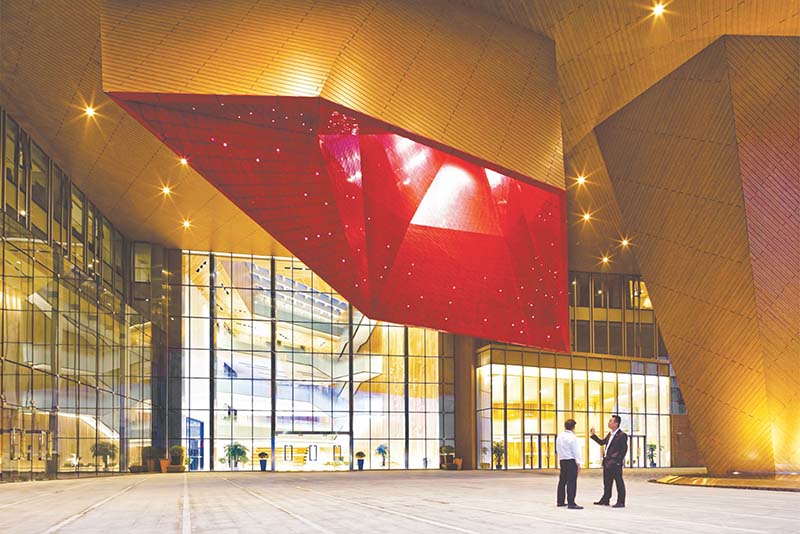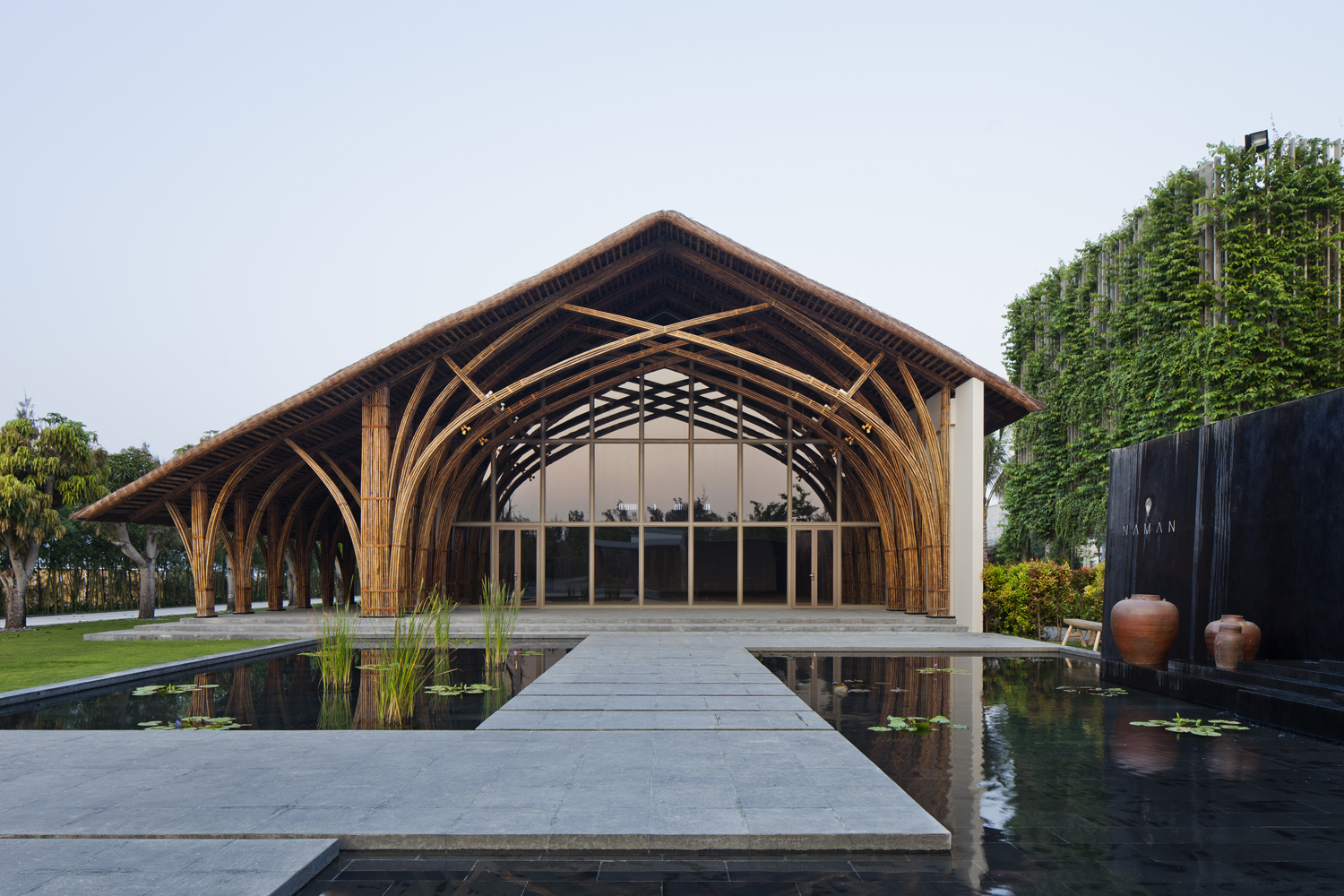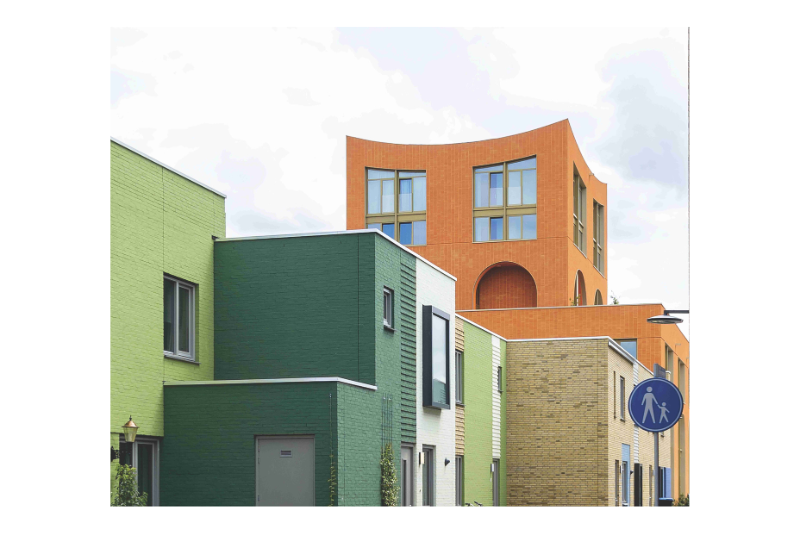Nanjing Eco Hi-Tech Island: A Model of Smart Eco-Urbanism in China
Xin Wei Yi Technology Park, Nanjing, China
Project Name: Xin Wei Yi Technology Park, Nanjing, China
Location: Nanjing, China
Architects: Jiangsu Provincial Architectural Design & Research Institute, NBBJ
Design Team:Dan Sakai, Craig Brimley, Armando Nazario, Hannah Robertson, Annie Suratt, Josh Perez,
Jacob Campbell, Luis Padron, Karen Cheung, Dessen Hillman, Dominic Lio, Carlos Alegria, Etienne
DeVadder, Feng Wang, Felipe Guerrero, Sarah Gunawan, Hyunsoo Kim, Scott Davis, Jonathan Wall
Area: 24000 m²
Year: 2016
The Nanjing Eco Hi-Tech Island is positioned to be Nanjing’s center for the development and practice of
high-tech innovation, and an ecological destination and resource for citizens and tourists.
As China has witnessed unprecedented urban growth over the past decade and contends with increased
pollution, floods and other environmental effects the Nanjing Eco Hi-Tech Island’s Xin Wei Yi Technology
Park provides smart eco-urbanism that prioritizes both people and the planet.
Located in the Yangtze River, just 6.5 kilometers from the city’s downtown area and across the bridge
from the new central business district, the island helps drives Nanjing’s economic advancement and the
future of the area’s sustainable development. Positioned as Nanjing’s center for the practice of high-
tech innovation, and an ecological destination and resource for citizens and tourists, the Xin Wei Yi
Technology Park offers a range of mixed-use spaces, including office buildings that serve as incubators
for technology and environmental companies, as well as a cultural venue and a public promenade.
Human-scale spaces offer a welcoming experience for locals and visitors alike. The Exhibition Hall, with
its dramatic roofline, is the first impression of the campus as visitors approach the island from
downtown. The eight peaks on the roof symbolize the neighboring Zhong and Stone Mountains, and
each peak has an oculus or “light cannon” that drives natural light into the large floors.
The concept of the light cannons are magnified in the design of the eight, pentagon-shaped Office
Research Buildings, which feature large interior courtyards and landscaped roofs. Scaled from small to
medium to large, the research building forms were inspired by ancient Chinese architecture in the
region, where prominent roofs anchor buildings low to the ground and appear to float above —
hovering at the horizon between earth and sky. In addition, the surrounding undulating landscape
houses spaces for coffee shops and retail, and its organic form was based off of the branched structure
of a tree.
The project touches on a critical conversation about sustainability and design practice in China, where
development continues at lightning-fast speed and design has typically focused on utility and cost more
than environmental impact. Multiple green features prioritize site integration, daylight harvesting,
natural materials, water reclamation and filtration to help combat China’s carbon emissions.
Roofs That Save Energy
A dual-layer roof on the Exhibition Hall significantly reduces excess energy and long, cantilevered eaves
provide passive shading while the eight roof peaks bring daylight deep into the building. Numerous light
studies, aided by an environment consultant, helped optimize their shape to maximize daylight. The hall
also relies on a geothermal heat pump system. As a result, energy use is more than 30% lower than
comparable conventional buildings.
Unique Workplaces
The Office Research Buildings which include work environments for research and development
organizations stay cool via a series of design strategies. They are lifted off the ground by one or two
stories to increase passive cooling via natural ventilation. Furthermore, each building’s pentagonal
shape creates narrower floors that further optimize natural ventilation and bring daylight inside.
Additional features reduce energy use and excess heat, such as strategically placed vertical fins, which
maximize passive cooling while maintaining clear, open views. The fins also showcase a playful
abstracted interpretation of the buildings’ floorplan.
Zero Water Runoff
Rooftop gardens and terraces on both the Office Research Buildings and the Exhibition Hall eliminate
water runoff, provide refuge for local wildlife and give office workers and exhibit visitors an invigorating
oasis to refresh and take in the expansive views of the island and downtown Nanjing.
Water saving strategies such as rainwater harvesting help reduce water use for irrigation by up to 50%
compared to traditional systems. In addition, ground level native plantings cover more than 30% of the
landscape to help control water runoff and reduce erosion, with local trees and shrubs providing a
dramatic entry for exhibition attendees, office workers and visitors to the area.


-webp.webp)

-webp.webp)







.jpg)
.png)


-is-planning-a-₹20,000-crore-Battery-Energy---2025-11-15T124839.263-preview.webp)
-is-planning-a-₹20,000-crore-Battery-Energy---2025-11-15T123839.137-preview.webp)
-is-planning-a-₹20,000-crore-Battery-Energy---2025-11-15T123457.206-preview.webp)
-is-planning-a-₹20,000-crore-Battery-Energy---2025-11-15T122637.658-preview.webp)
-is-planning-a-₹20,000-crore-Battery-Energy---2025-11-15T121814.657-preview.webp)